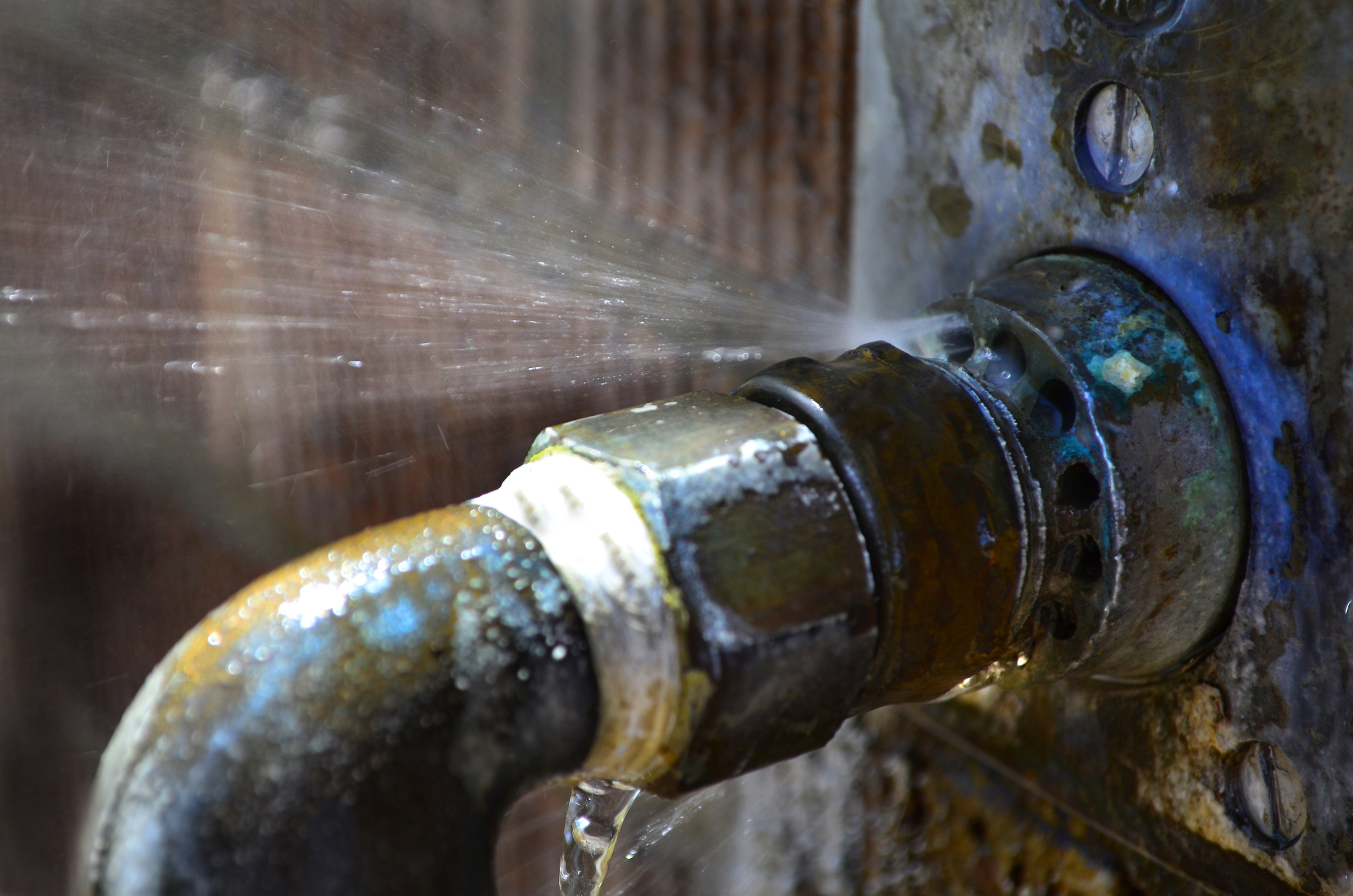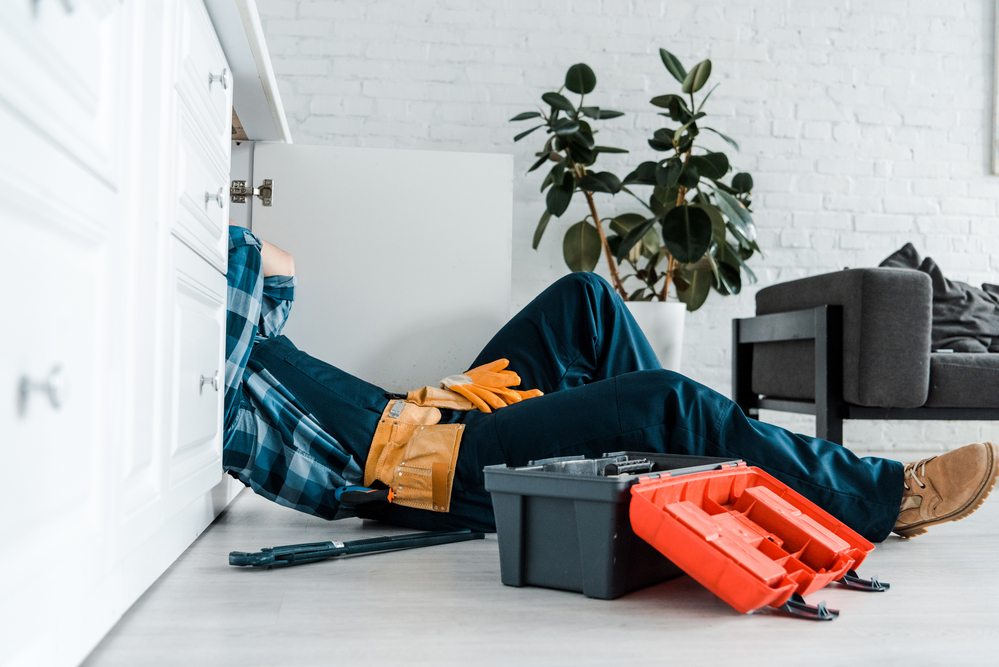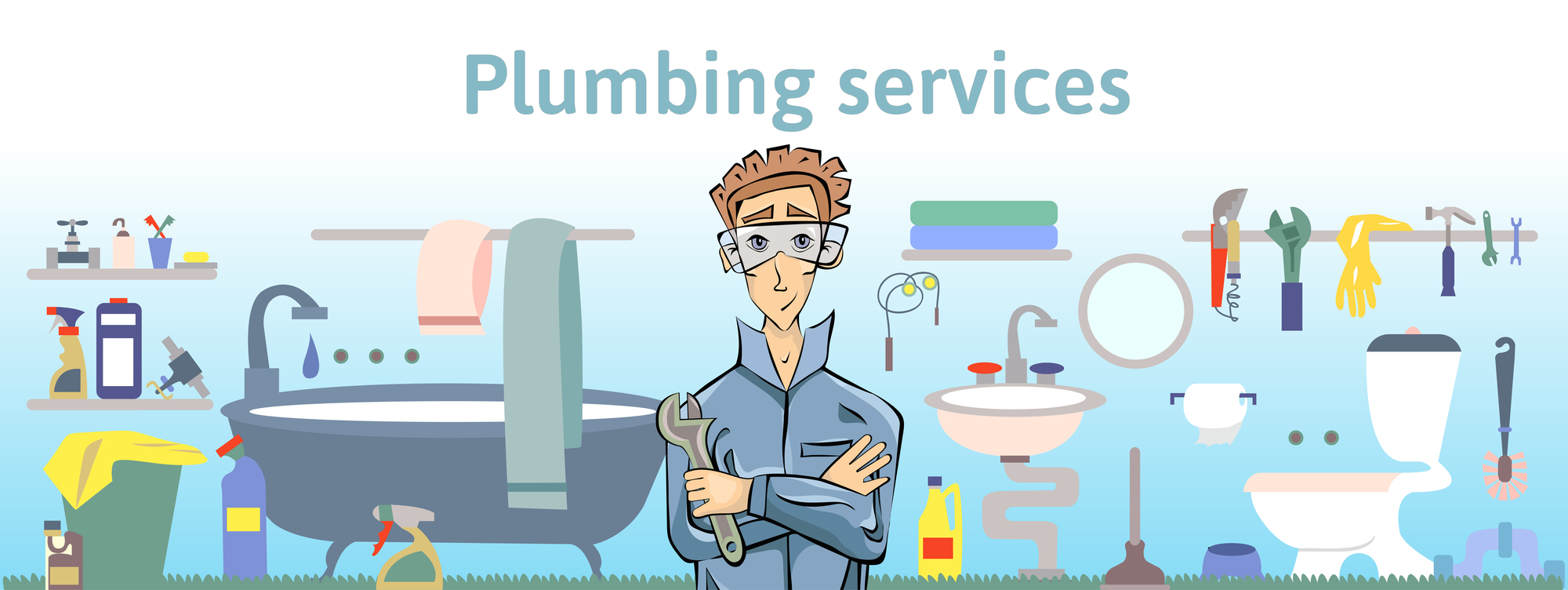The plumbing industry today celebrates National Backflow Prevention Day to raise awareness about the importance of maintaining and checking backflow prevention devices at homes and commercial establishments. Many people are unaware of the potential danger that can occur when a backflow prevention device is not working correctly.
A backflow prevention device is a valve installed in the plumbing system to prevent water from flowing back into the system. This can happen when there is a sudden drop in pressure, causing water from other sources to flow back into the system, contaminating the water that is used for drinking, washing, and even in irrigation systems.
Backflow prevention devices are required by law in many states, and it is essential to maintain them regularly to ensure that they are working correctly. Regular maintenance includes inspection, testing, and repair if necessary.
The plumbing industry takes backflow prevention seriously, and National Backflow Prevention Day is one way to remind people about the importance of this vital device.

Why Backflow Prevention Matters
Backflow prevention devices protect the drinking water supply from contamination and pollution by ensuring that water flows in the right direction and does not go back into the system. Without backflow prevention devices, dirty water could enter clean water systems, causing significant health hazards.
Backflow prevention devices are essential in places like dental offices, hospitals, and industrial facilities that use chemicals and other contaminants in their daily operations. They must work correctly to protect the public from potential health hazards.
The Importance of Backflow Prevention Maintenance
Backflow prevention devices require maintenance to ensure that they are working correctly. A faulty backflow prevention device can lead to a cross-connection, where water flows from an unclean source back into a clean water system.
According to the Environmental Protection Agency, there are two types of backflow prevention devices. The first type is the Reduced Pressure Principle Assembly (RP) device. It is recommended for use in high-hazard situations like manufacturing plants and hospitals. The second type is the Double Check Valve Assembly (DCVA), typically used in residential and small commercial settings.

Backflow prevention device maintenance and testing must be performed annually to ensure that they are working correctly and efficiently. A trained and licensed plumber should perform this maintenance.
The maintenance process includes the following:
Visual Inspection: The plumber checks the backflow prevention device for any physical damage or signs of wear and tear. The valves and seals should also be checked for any signs of corrosion or damage.
Pressure Testing: The plumber tests the device for any leaks or pressure fluctuations. The test determines whether the device is working efficiently or not.
Cleaning and Repair: If there are any faults detected in the inspection or pressure test, the plumber will clean and repair the backflow prevention device.
Conclusion
National Backflow Prevention Day is a reminder that backflow prevention devices play a vital role in ensuring safe and clean drinking water for everyone. Whether it’s for residential or commercial plumbing, it’s important to have a backflow prevention device in place to protect against potential water hazards. To ensure that this device is working correctly, proper maintenance and inspection should be conducted regularly by a licensed plumber. At Ace Plumbing Repair, we specialize in plumbing installations and maintenance, including backflow prevention testing and services. Contact us today at (844) 711-1590 to schedule an appointment and protect your water supply.






